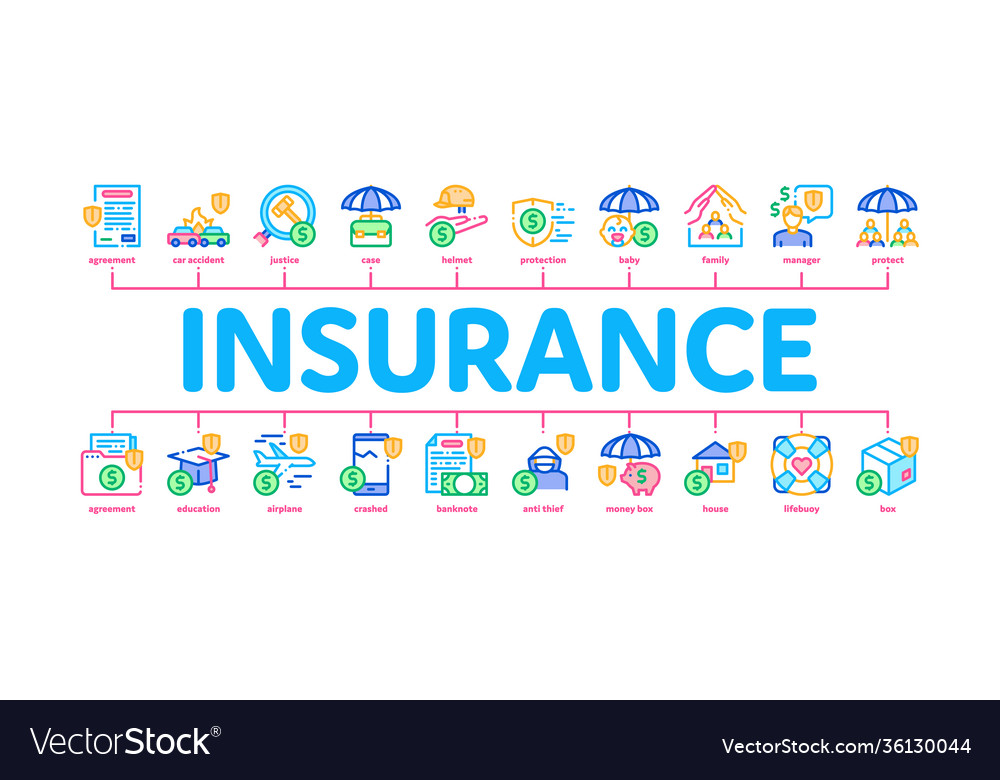The 7-Minute Rule for Pacific Prime
The 7-Minute Rule for Pacific Prime
Blog Article
Not known Facts About Pacific Prime
Table of ContentsThe Buzz on Pacific PrimeExamine This Report on Pacific PrimeThe Of Pacific PrimeAbout Pacific PrimeThe smart Trick of Pacific Prime That Nobody is Talking About

This is since the information were gathered for a duration of strong financial performance. Of the estimated 42 million individuals that were uninsured, all but regarding 420,000 (about 1 percent) were under 65 years old, the age at which most Americans end up being qualified for Medicare; 32 million were adults between ages 18 and 65, around 19 percent of all adults in this age team; and 10 million were children under 18 years of age, concerning 13.9 percent of all kids (Mills, 2000).
These estimates of the variety of individuals uninsured are generated from the annual March Supplement to the Current Populace Study (CPS), carried out by the Census Bureau. Unless otherwise noted, national price quotes of people without health and wellness insurance and percentages of the population with different type of insurance coverage are based upon the CPS, one of the most extensively used source of price quotes of insurance policy coverage and uninsurance prices.
The Best Guide To Pacific Prime

Still, the CPS is especially useful because it generates yearly price quotes reasonably swiftly, reporting the previous year's insurance coverage estimates each September, and because it is the basis for a consistent collection of quotes for even more than two decades, enabling analysis of trends in protection with time. For these factors, in addition to the substantial usage of the CPS in various other research studies of insurance protection that exist in this report, we depend on CPS quotes, with restrictions noted.

The price quote of the number of without insurance individuals broadens when a populace's insurance policy status is tracked for numerous years. Over a three-year period starting early in 1993, 72 million people, 29 percent of the united state population, were without protection for at least one month. Within a single year (1994 ), 53 million individuals experienced a minimum of a month without coverage (Bennefield, 1998a)
Six out of every 10 uninsured adults are themselves employed. Functioning does boost the probability that one and one's family participants will have insurance policy, it is not an assurance. Even participants of households with two full time breadwinner have almost a one-in-ten possibility of being uninsured (9.1 percent without insurance price) (Hoffman and Pohl, 2000).
The 10-Minute Rule for Pacific Prime
New immigrants account for a considerable percentage of individuals without medical insurance. One analysis has attributed a considerable portion of the recent development in the dimension of the U.S. uninsured populace to immigrants that got here in the country between 1994 and 1998 (Camarota and Edwards, 2000). Recent immigrants (those that came to the USA within the past four years) do have a high rate of being uninsured (46 percent), however they and their children represent simply 6 percent of those without insurance country wide (Holahan et al., 2001).
The partnership between medical insurance and access to care is well established, as recorded later in this phase. Although the partnership in between medical insurance and health and wellness results is neither straight neither simple, a substantial professional and wellness solutions study literary works web links medical insurance protection to enhanced access to care, much better high quality, and improved personal and population wellness condition.
Degrees of analysis for analyzing the results of uninsurance. It focuses especially on those without any type of wellness insurance coverage for any kind of length of time.
Examine This Report about Pacific Prime
The troubles dealt with by the underinsured remain in some aspects comparable to those encountered by the without insurance, although they are typically less severe. expat insurance. Uninsurance and underinsurance, nevertheless, include clearly various plan concerns, and the approaches for resolving them might differ. Throughout this study and the five records to adhere to, the major emphasis gets on individuals without any medical insurance and thus no assistance in spending for healthcare past web link what is readily available via charity and safety and security internet establishments
Medical insurance is an effective aspect impacting receipt of treatment due to the fact that both clients and doctors respond to the out-of-pocket price of solutions - http://dugoutmugs01.unblog.fr/2024/04/02/pacific-prime-your-partner-for-comprehensive-insurance-solutions/. Medical insurance, nonetheless, is neither necessary nor sufficient to access to medical services. The independent and straight effect of health insurance coverage on accessibility to wellness solutions is well established.
Others will get the healthcare they need even without health and wellness insurance coverage, by paying for it out of pocket or seeking it from companies who use care cost-free or at extremely subsidized rates. For still others, medical insurance alone does not ensure invoice of care since of other nonfinancial obstacles, such as a lack of healthcare suppliers in their neighborhood, restricted access to transport, illiteracy, or etymological and social differences.
The Greatest Guide To Pacific Prime
Official research concerning without insurance populations in the United States dates to the late 1920s and very early 1930s when the Board on the Cost of Medical Treatment generated a series of reports regarding funding doctor office visits and hospital stays. This issue ended up being salient as the numbers of medically indigent climbed up throughout the Great Depression.
Report this page